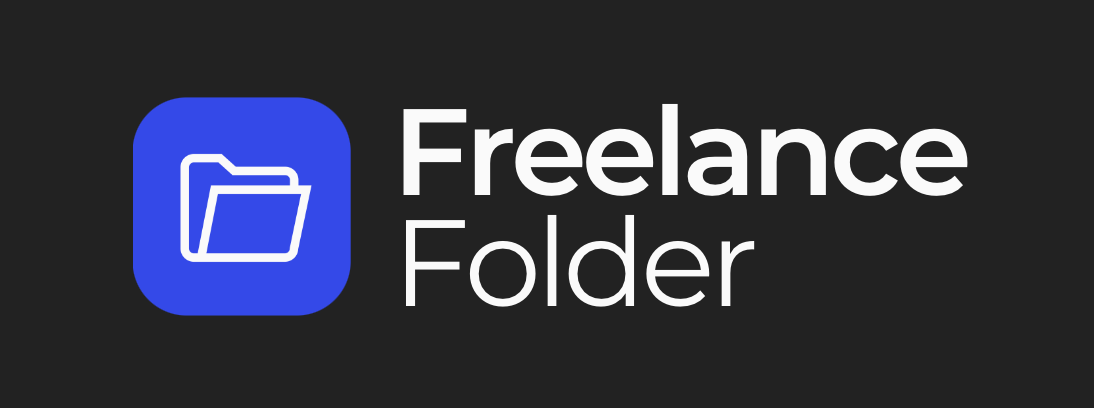Alexis Rodrigo
New member
- Messages
- 5
- Points
- 1
We’re all well acquainted with the concept of the to-do list. Whether or not we get along with them is another matter entirely.
Sometimes to-do lists just don’t cut it, and at the end of the day, the checked boxes are buried amongst all the empty ones. Well, gee, if that isn’t a morale boost, I just don’t know what is.In this post, I’ll discuss a to-do list alternative–The Single Day Schedule. I’ll explain how freelancers can use this better system to become more productive.
The Single Day Schedule
Scrap that to-do list. We’re starting over. This is what I call the Single Day Schedule.I know, I know. “Schedule” is a scary word that involves lots of scary planning to work around your scary life. But that’s not what I’m talking about. This is a schedule you only have to stick to for one day. In fact, it’s not that big a departure from the traditional to-do list at all. The biggest difference? Connecting your tasks to time makes them much easier to tackle.
One of the biggest problems we encounter in using to-do lists is that we simply overestimate how much we can do in one day. This leads to inevitable disappointment when we don’t get it all done. Now, grab a piece of paper, or open a new document.
Start out how you normally would, by writing down a task. Now, assign a time at which you will start it. Do the same for the next item. This one’s start time will be whenever you expect the task before it to be finished. Writing out your tasks as a schedule forces you to consider how long each will take, and therefore, how many you can feasibly fit in your workday. Take mine for example:
09:30 Research image gallery template options for website
09:50 Continue work on wedding invitation design for client
10:50 RSS reader break
11:00 Finish wedding invitation design
12:05 Send concepts to client
12:15 Lunch
12:45 Send invoices
You get the idea. Continue this for your entire workday. It’s best to get this part done before you begin work in the morning, or even before going to bed the night prior. Don’t let yourself revise the schedule while you’re working. This will only tempt you to add in breaks, and lengthen your task time allotments. (You little cheater. Or is that just me?)
How to Get the Most from the Single Day Schedule
Using the Single Day Schedule to organize your day gives you a realistic idea of how much you can accomplish, eliminates the ever-popular “Whatever Shall I Do Next?” method of procrastination, and you always know where you stand–whether you’re on top of things, or running behind. Here are a few suggestions to help you get the most of it:- Keep your check boxes–There’s no denying the satisfaction in checking something off your to-do list. In fact, that’s the reason I’ve clung to those inefficient lists for so long, and I’m willing the bet I’m not the only one. Here’s the secret–No one said you couldn’t have time slots and check boxes. I know, I know. It’s very exciting. So, keep those little boxes around, and check ‘em off as you complete them. It sure feels good, doesn’t it? Always give yourself a little more time than you think you need. It’s like setting your clock five minutes early. You’ll get a great mood boost when you finish a task ahead of time, and you’ll be banking minutes just in case some unexpected frustrations arise. It’s up to you how you spend any extra time between tasks, whether it’s rewarding yourself with a break until the next is scheduled to start, or jumping right back into work. Personally, as I get going and start racking up some extra time, I find myself trying to race the clock to see just how far ahead of schedule I can get, sometimes even foregoing scheduled breaks in favour of it.
- Schedule your breaks–A schedule keeps you from breaking for too long, because you’ve set boundaries before you’ve even gotten to work. Remember to be fair to yourself when assigning them. A day without breaks is going to become miserable quickly, but over-indulging in them is death to productivity. You need to be honest with yourself about how much you need to keep going. The best part of scheduling your breaks is that you can plan for other things that run on a schedule. If your favourite Youtube channel always posts something new around 3:00, pencil in your ten-minute afternoon break for then. You’ll have something to look forward to, and won’t end up taking an unscheduled break only twenty minutes after your last, when your fingers just happen to type “http://www.youtube.com” into the address bar. (No, that URL isn’t a link. What did you think, that I was going to help you procrastinate?)
